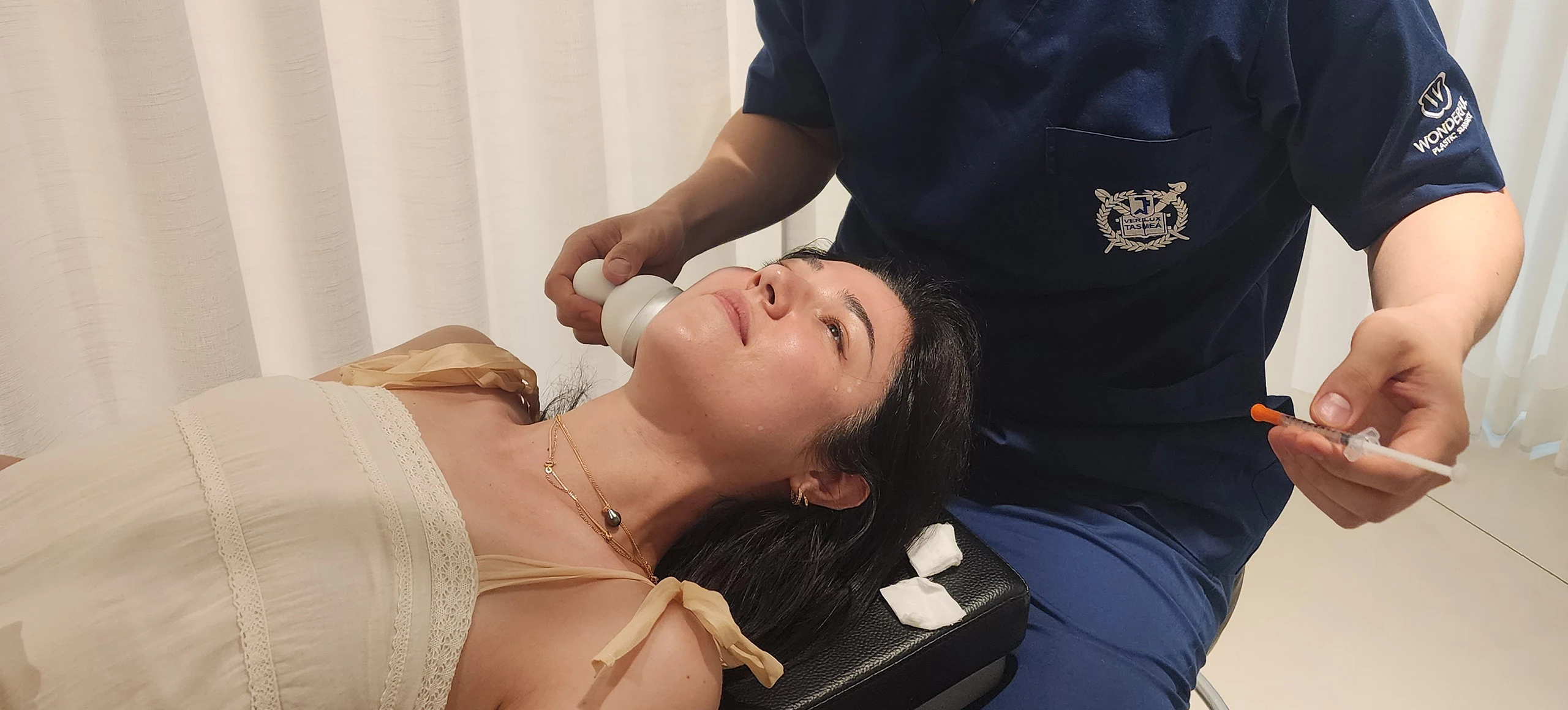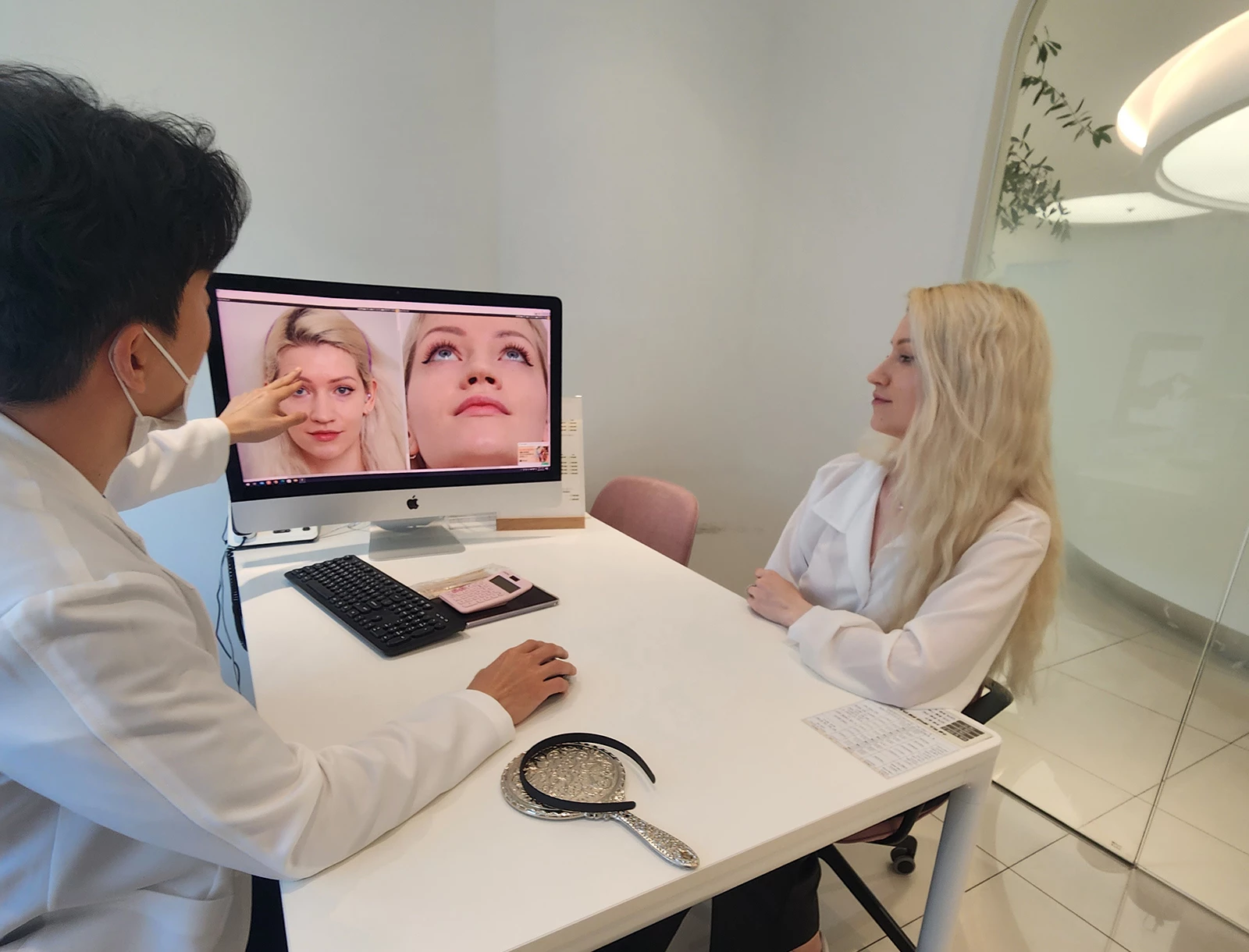Lustrous locks have always been a symbol of vitality and beauty. As hair loss affects countless individuals globally, the demand for hair transplant procedures has surged. Among the leading destinations for this transformative journey is Korea, renowned for its advanced medical technology and skilled surgeons. In this comprehensive blog post, we’ll unravel the intricacies of hair transplant in Korea, from its types and techniques to the consultation process and recovery.

Understanding Hair Loss and Hair Transplant:
a) Types of Hair Loss:
- Male Pattern Baldness (Androgenetic Alopecia)
- Female Pattern Baldness
- Alopecia Areata
- Scarring Alopecia
b) The Basics of Hair Transplantation:
- Follicular Unit Transplantation (FUT)
- Follicular Unit Extraction (FUE)
- Direct Hair Implantation (DHI)
Hair loss, medically known as alopecia, is a common condition that affects individuals of all ages and genders. It can have a significant impact on self-esteem and quality of life. Hair transplant procedures have emerged as a promising solution to combat hair loss and restore a natural and youthful appearance.

Types of Hair Loss:
- Male Pattern Baldness (Androgenetic Alopecia): This is the most common form of hair loss in men. Often influenced by genetics and hormones, male pattern baldness follows a distinctive pattern. It typically begins with a receding hairline, forming an “M” shape, and gradually progresses to partial or complete baldness on the crown. Hormones, particularly dihydrotestosterone (DHT), play a crucial role in shrinking hair follicles over time, leading to shorter and thinner hair strands.
- Female Pattern Baldness: While less discussed, female pattern baldness is a reality many women face. Women can also experience patterned hair loss, which is characterized by thinning of the hair on the crown and widening of the part. Women typically experience diffuse thinning on the crown, leading to wider hair parting. Unlike men, women rarely experience a receding hairline. Hormones and age contribute to this condition, with postmenopausal women particularly susceptible.
- Alopecia Areata: This autoimmune disorder surprises its victims by causing hair loss in unpredictable patches. The body’s immune system mistakenly attacks hair follicles, leading to hair loss. While the exact cause remains elusive, genetics and environmental triggers likely play a role.
- Scarring Alopecia: This type of hair loss occurs due to inflammation that damages hair follicles and replaces them with scar tissue. It can result from various conditions, including certain diseases and injuries. This irreversible condition demands early diagnosis and intervention.

The Basics of Hair Transplantation:
Hair transplant procedures involve transferring hair follicles from areas of the scalp where hair is abundant (donor areas) to areas with thinning or no hair (recipient areas). This process ensures that the transplanted hair grows naturally and blends seamlessly with the existing hair.
- Follicular Unit Transplantation (FUT):
FUT, commonly known as the strip method, involves surgical removal of a strip of scalp from the donor area. Skilled technicians then meticulously dissect this strip into individual follicular units under a microscope. These units, which contain one to four hairs, are then transplanted into the recipient areas. The recipient area, often numbed using local anesthesia, receives these grafts with precision.
FUT’s advantage lies in its ability to yield a higher number of grafts in a single session, making it suitable for extensive hair loss cases. However, it does leave a linear scar in the donor area, which can be covered by surrounding hair. - Follicular Unit Extraction (FUE): FUE is a minimally invasive procedure that involves harvesting individual hair follicles directly from the donor area using a specialized punch tool.
Surgeons use a micro punch tool to extract grafts, leaving tiny, almost imperceptible, scars that heal quickly, leaving minimal scarring. These grafts are then meticulously transplanted into the recipient area, aligning with the natural growth pattern.
FUE’s key advantage is its scar-minimizing approach, making it a preferred choice for patients who prefer shorter hairstyles. It’s important to note that while FUE might not leave a noticeable linear scar, it may result in scattered white dot scars in the donor area. - Direct Hair Implantation (DHI): DHI is a variation of FUE that takes the transplantation process to the next level of precision. It employs a Choi Implanter Pen, a specialized tool, to create incisions in the recipient area and implant the harvested grafts simultaneously. This minimizes the time the grafts spend outside the body and can potentially improve graft survival rates.
DHI’s meticulous approach enables surgeons to control the depth, angle, and direction of each implant, resulting in a natural-looking hairline and seamless density. However, it requires advanced skills and expertise, making it crucial to choose a qualified surgeon.wonderful plastic surgery (1 of 4)

The choice of technique depends on factors such as the patient’s hair loss pattern, the amount of donor hair available, and the surgeon’s expertise.
Hair transplant surgery entails a fusion of art and science, demanding the surgeon’s proficiency in both technical skills and aesthetic sensibilities.
Check out Wonderful’s Youtube Channel for more interesting video content
https://www.youtube.com/@WonderfulPlasticSurgery/featured
Or read more on WonderfulBlog about Korean Plastic Surgery
https://global.wonderfulps.com/wonderblog/


